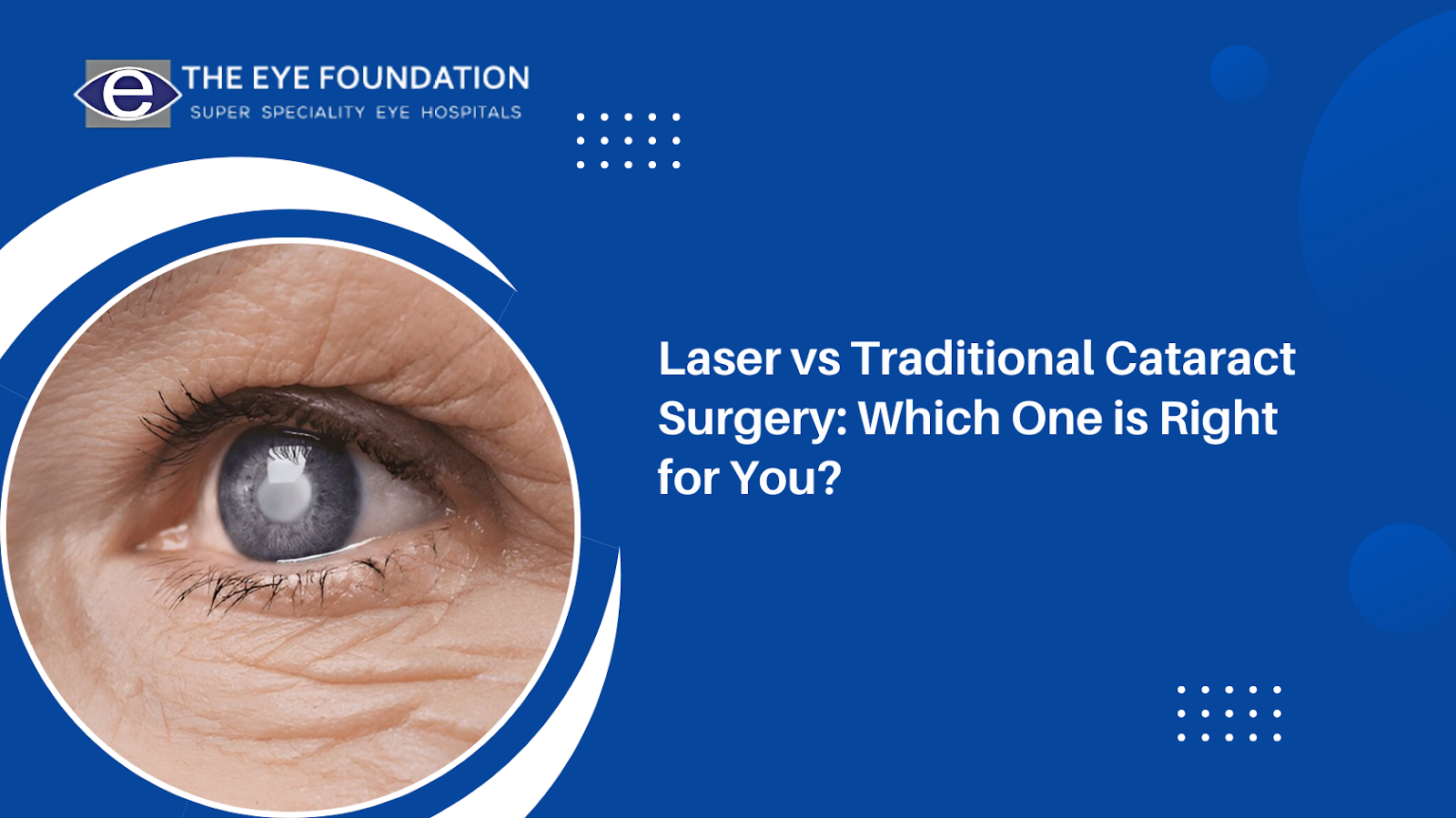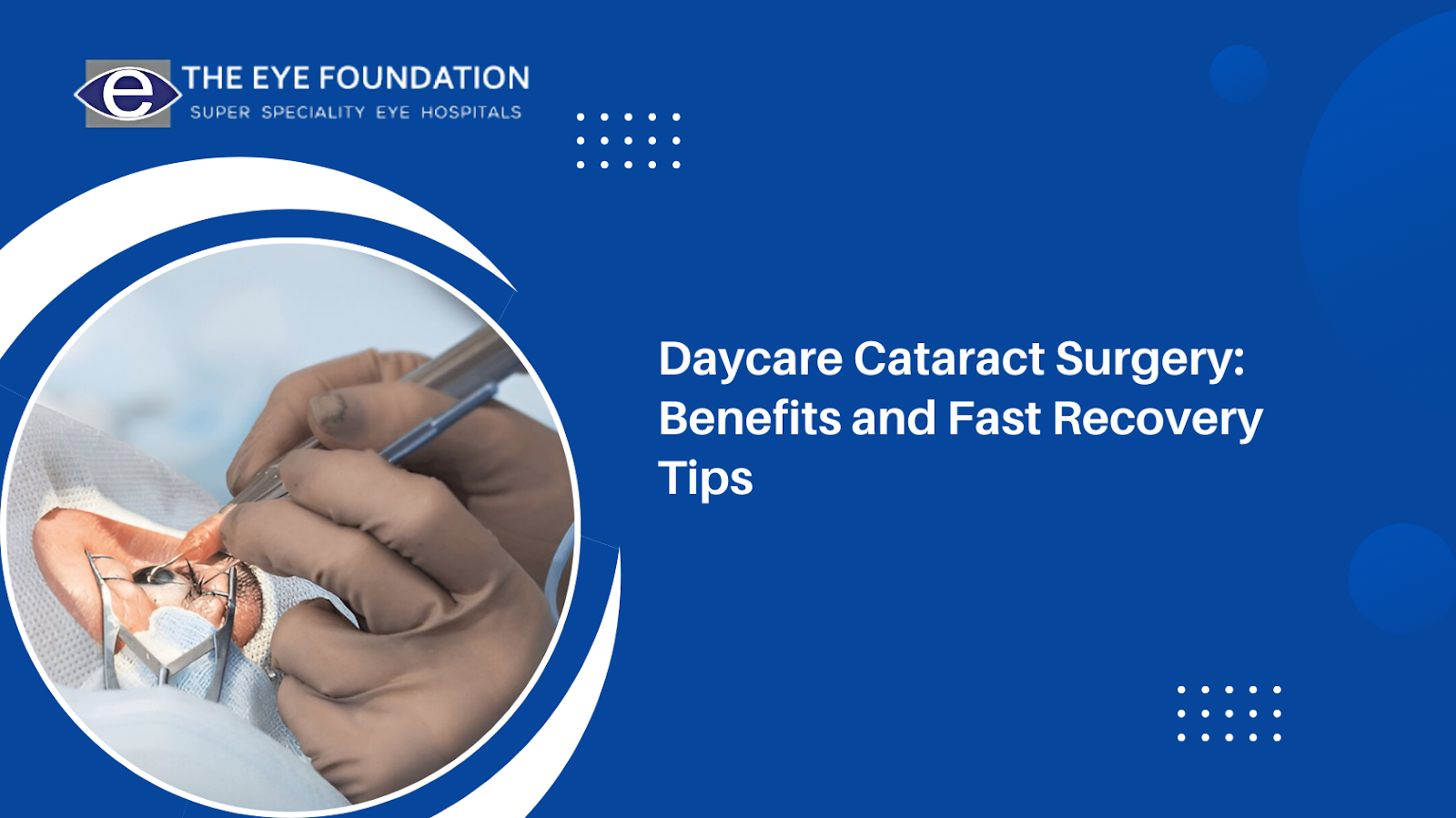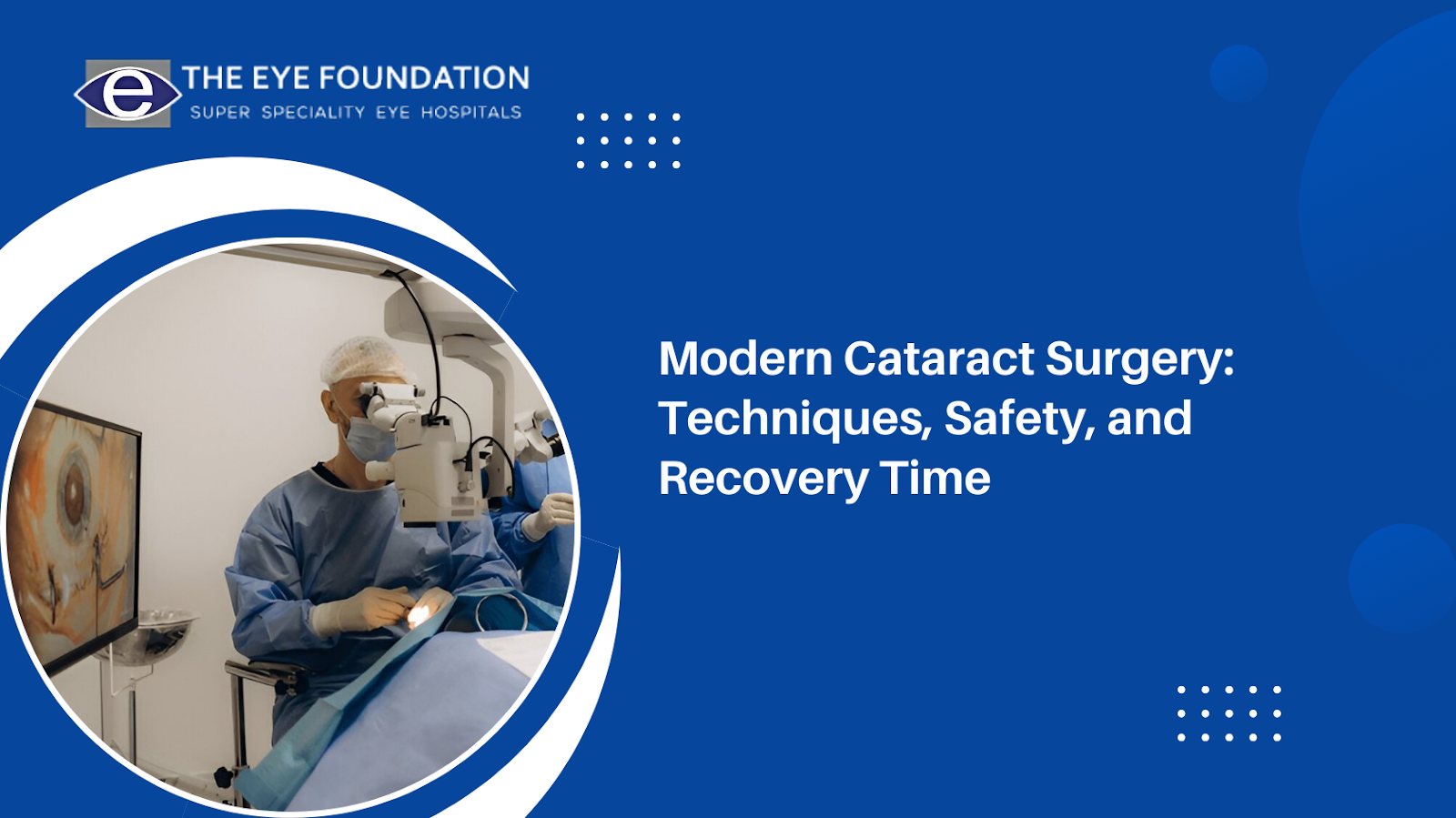Cataracts are one of the most prevalent age-related conditions affecting the eyes, causing blurred vision with glare and night vision difficulty. Incredibly, cataract surgery is an established evidence-based procedure that restores clear vision for those suffering from cataracts by replacing the cloudy natural lens with an artificial intraocular lens (IOL). Today, it's possible to have cataract surgery with either laser cataract surgery or traditional cataract surgery. Knowing how each procedure differs can help you to better understand your options and make an informed decision regarding the treatment that is right for you.
What is Traditional Cataract Surgery?
Traditional cataract surgery, also referred to as phacoemulsification, has been performed safely for many years, and successfully so. With this method, the surgeon makes a small corneal incision with a handheld blade. The surgeon then inserts an ultrasonic probe to break up the cloudy lens, which is removed by suction from the eye. A clear artificial lens is then implanted.
This method has produced excellent outcomes for millions of patients. It is extremely safe and effective, and still remains the most performed cataract procedure performed throughout the world.
What is Laser Cataract Surgery?
Laser cataract surgery, also known as femtosecond laser-assisted cataract surgery (FLACS), is a more contemporary method of cataract surgery that uses laser technology to perform certain steps of the surgery. The laser will create small, precise incisions in the cornea instead of a blade, as well as fragmentation of the cataract lens into smaller pieces prior to extraction from the eye, which can facilitate the removal of the cataract and help the surgeon.The laser also allows the surgeon to create a perfectly centered opening in the lens capsule, which is key for the precise placement of the intraocular lens. Because the laser changes some elements of the procedure to automated construction, it provides more accuracy and may decrease some risk from manual approaches.
Key Differences: Laser vs Traditional Cataract Surgery
Overall, both laser and traditional cataract surgery are safe and effective treatments for cataracts, but have different approaches for the procedure and potentially different benefits to patients.
Precision
- Laser Surgery: Provides precision by using computer controls to perform incisions and lens fragmentation.
- Traditional Surgery: Utilizes the skill of the surgeon and manual technology.
Recovery Time
- Laser Surgery: May facilitate faster recovery from less trauma to the eye.
- Traditional Surgery: Has an overall fast recovery, but takes longer to heal.
Astigmatism Correction
- Laser Surgery: Can reshape the cornea to correct mild astigmatism while performing cataract surgery.
- Traditional Surgery: Correcting astigmatism needs additional steps or procedures.
Cost
- Laser Surgery: Is typically more expensive due to the technology used.
- Traditional Surgery: Is less expensive and widely available.
Advantages of Laser Cataract Surgery
- Enhanced precision for incisions and lens placement
- Reduced energy use for lens removal, minimizing trauma to the eye
- Potential for faster visual recovery
- Ability to correct astigmatism during the same procedure
- Improved outcomes in complex cases (e.g., very hard cataracts)
Advantages of Traditional Cataract Surgery
- Proven track record with millions of successful outcomes
- Highly effective in restoring vision
- Lower cost compared to laser cataract surgery
- Widely available at most eye care centers
- Short surgery time and reliable recovery
Choosing the Right Option
Both laser and traditional cataract surgery are safe, with high success rates. Your choice depends on factors such as:
- Eye health – If you have astigmatism or complex cataracts, laser surgery might provide added benefits.
- Budget – Traditional surgery is cost-effective, while laser surgery is often considered a premium option.
- Surgeon’s recommendation – Experienced ophthalmologists will guide you on the best option based on your eye condition.
- Personal preference – Some patients prefer the advanced technology of lasers, while others trust the well-established traditional method.
Bullet Point Summary
- Cataract surgery replaces the cloudy natural lens with an artificial one.
- Traditional surgery uses handheld instruments, while laser surgery uses computer-guided lasers.
- Laser cataract surgery offers greater precision and may reduce healing time.
- Traditional cataract surgery is cost-effective and has decades of proven results.
- Both procedures are safe, effective, and can restore clear vision.
When it comes to laser vs traditional cataract surgery, there is no one-size-fits-all answer. Both procedures are highly effective in restoring sight, but the best choice depends on your eye condition, lifestyle, and budget. A consultation with an experienced eye specialist will help determine the right option for you.
At The Eye Foundation, our team of expert ophthalmologists offers both traditional and laser cataract surgery using advanced technology and personalized care. Don’t let cataracts blur the moments that matter most in your life. Book your appointment today and regain clear vision!





